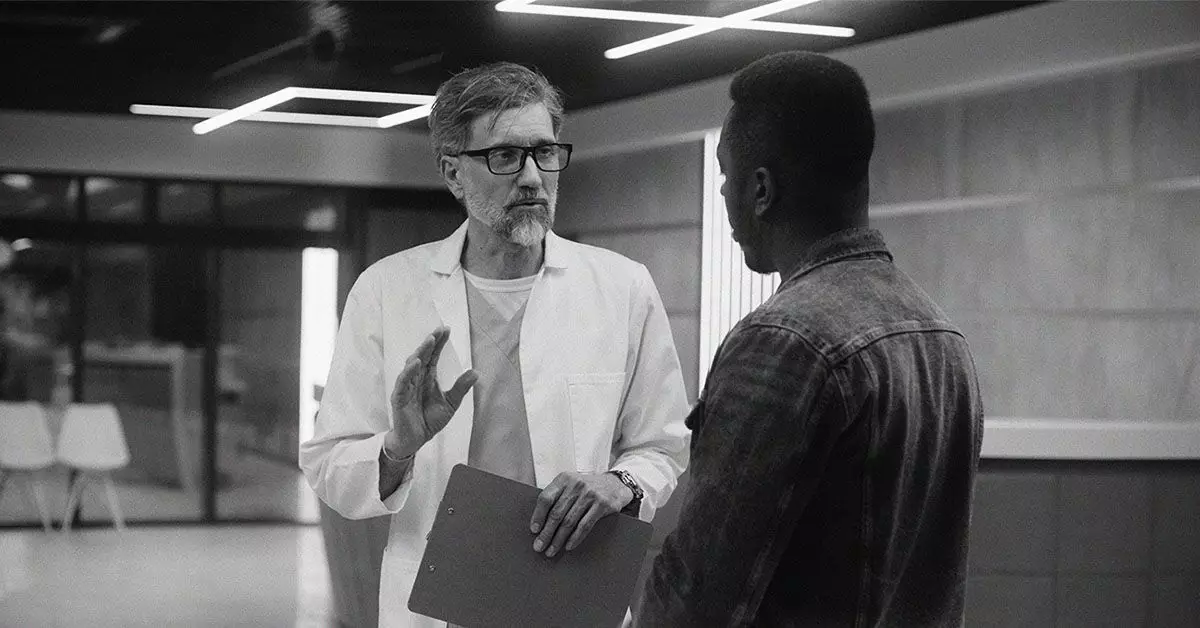Testicular cancer, though considered uncommon in the broader spectrum of cancers, stands out as a significant health concern for young and middle-aged males. It primarily arises in men aged 15 to 49 years, with the average age of diagnosis being approximately 33 years. This form of cancer manifests when testicular cells multiply uncontrollably, leading to tumor growth, and it encompasses various subtypes, with different prognoses and treatment approaches.
Statistical data underscores that testicular cancer primarily impacts younger demographics. According to the National Cancer Institute (NCI), it occurs most frequently in men between 20 and 39 years of age. The American Cancer Society (ACS) emphasizes that around 6% of testicular cancer cases are identified in children and adolescents, highlighting the relatively rare nature of this cancer in individuals before puberty. Interestingly, the data also shows that just about 8% of cases are diagnosed in men over the age of 55, reflecting the cancer’s tendency to affect a younger population more often.
Research indicates that the peak age for diagnosis falls between 25 and 34 years, making it critical for individuals in this age group to be proactive about their health, understanding that testicular cancer may not only occur but can escalate if neglected.
Understanding the risk factors associated with testicular cancer is vital for early detection and prevention efforts. Individuals with a history of undescended testicles, or cryptorchidism, are at a significantly increased risk of developing testicular cancer later in life. Other notable risk factors include having a family history of testicular cancer, being diagnosed with testicular carcinoma in situ, and specific genetic disorders such as Klinefelter syndrome. Being aware of these risk factors can encourage individuals to monitor their health more closely.
Healthcare professionals often suggest that men, particularly those at higher risk, should include testicular self-exams in their regular health routines. These exams can allow for the early identification of any anomalies, such as lumps or changes in size and shape, which could indicate the presence of cancer.
Self-exams are a cornerstone of early detection for testicular cancer. Performing these checks monthly is advised, ideally after a warm shower when the scrotum is relaxed, making it easier to detect changes. The procedure is relatively straightforward: gently roll each testicle between the thumb and forefinger, looking for any unusual lumps or swellings while getting familiar with the normal feel of each testicle. Individuals should also pay close attention to the epididymis, the tube that carries sperm, located at the back of each testicle.
By fostering a habit of self-examination, individuals can empower themselves in their health journeys, ensuring that they report any changes to their healthcare provider promptly. The knowledge that early detection significantly improves treatment outcomes cannot be overstated.
When concerns about testicular cancer arise, healthcare providers typically utilize a combination of diagnostic techniques to ascertain the presence and extent of the disease. Initial assessments often include a thorough physical examination, where physicians assess symptoms and any detected abnormalities.
Scrotal ultrasounds serve a critical role in visualizing any suspicious lumps or changes within the testicles. If further concerns persist, imaging tests such as X-rays of the chest or abdomen may be warranted to determine whether the cancer has metastasized. Blood tests to measure tumor markers specific to testicular cancer can further inform diagnosis and potential treatment protocols.
Upon surgical removal of any tumor, staging of the cancer takes place, essential for deciding an appropriate treatment plan. The staging process helps determine the cancer’s progression and aids in tailoring a patient-specific approach to care.
In reviewing testicular cancer, it becomes evident that early detection and awareness are paramount for effective management. Men, particularly in the 20 to 39 age range, need to recognize the significance of routine self-examinations and to be informed about potential risk factors. By engaging with healthcare providers and incorporating health checks into their regular routines, individuals can enhance their chances of successful treatment should they face a diagnosis of testicular cancer.
The understanding that testicular cancer is highly treatable when caught early is a crucial message for all males, underscoring the importance of vigilance in promoting one’s health and well-being.

